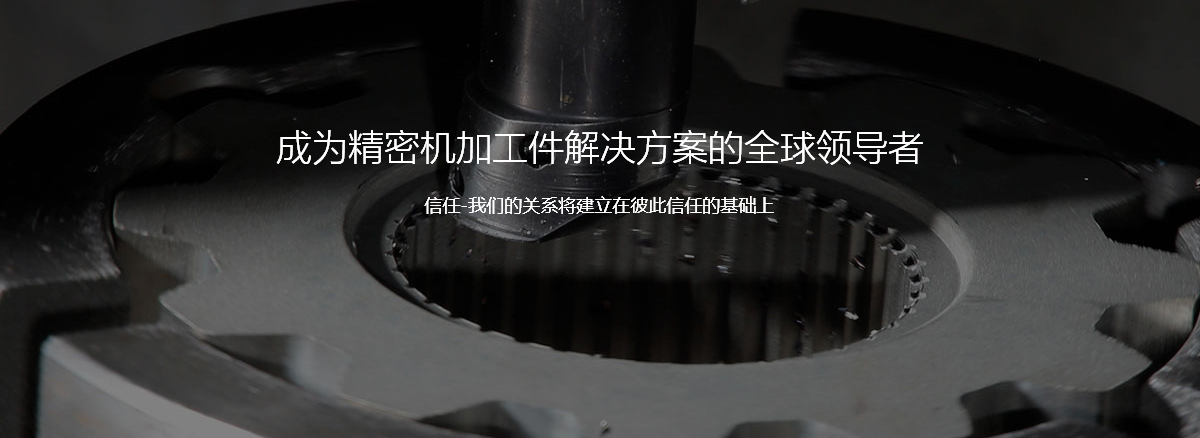A vertical machining center, as the name suggests, refers to a machining center set perpendicular to the spindle axis and the workbench. Due to the ability of vertical machining centers to complete processes such as milling, boring, drilling, threading, and thread cutting. So it is widely used for processing complex parts such as plates, molds, discs, and small shells.
But vertical machining centers also have certain limitations, as their column heights are limited, so the range of machining for box type workpieces will be reduced. Of course, there are many advantages of vertical machining centers, otherwise how could they be so widely used? Easy clamping and positioning of workpieces; The movement trajectory of the cutting tool is easy to observe, the debugging program is convenient for inspection and measurement, and problems can be detected in a timely manner for shutdown or modification; Cooling conditions are easy to establish, and cutting fluid can directly reach the tool and machining surface; The three coordinate axes are in line with the Cartesian coordinate system, which feels intuitive and consistent with the perspective of the pattern. Chip removal and falling are easy to avoid scratching the processed surface.

In addition, compared to horizontal machining centers, vertical machining centers have a simpler structure, smaller footprint, and lower prices.


